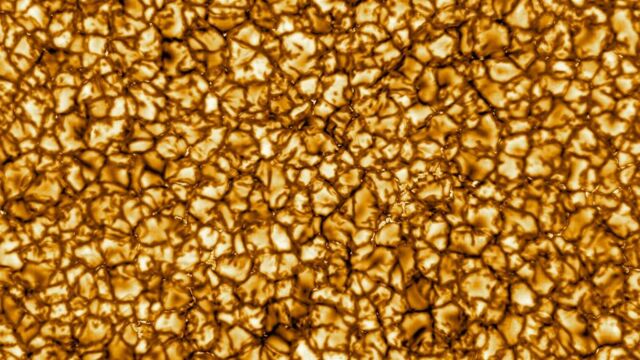Up close and personal images of the sun

The Daniel K. Inouye solar telescope has provided us with some incredible and unprecedentedly accurate images. Check out these impressive images.
We have been talking about the sun recently as a result of the creepy pictures taken of an eclipse that looked like ‘devil horns,’ but this phenomenon was only temporary. However, these images obtained by the telescope at the National Solar Observatory in the USA show something a bit more long-term. The series of breathtaking images that we have received give us a lot more information about the surface of the sun.
Discover our latest podcast
Seen like never before
This new project is rather promising indeed. The Daniel K. Inouye Solar Telescope (DKIST) will not officially be put into operation until the summer this year, but the recent tests carried out during its calibration are definitely making us want to do more.
More under this adMore under this adUntil recently, the most accurate images of the sun we had came from a telescope with a mirror diameter of less than one meter, whereas the DKIST has a diameter of more than four meters. These high-resolution images have given us a small glimpse of what we can expect from this telescope located at the Haleakala Observatory on the island of Maui (Hawaii).
What can you see in the pictures?
Project manager Thomas Rimmele revealed the first analyses carried out on the telescope recordings in a press release on 29th January 2020, explaining that only promising results are expected:
More under this adMore under this adThese are the highest resolution images of the solar surface ever taken. What we previously thought looked like a bright point - one structure - is now breaking down into many smaller structures.
These impressive pictures show that the surface of the sun is covered in cell-like structures that are reminiscent of small, golden nuggets. Each of the cells in the picture is almost three times the size of the UK. To be more precise, they are known as convection cells.
More under this adMore under this adAscending plasma columns with temperatures of 6,000°C appear like bright dots in the middle of each cell. When the plasma cools down, it sinks through narrow, dark channels between the neighbouring cells and that is why we see moving structures.
Will there be more impressive pictures released soon?
These exceptional images were not published for scientific purposes because the telescope is not actually operating properly. It has been under construction since 2013 and will begin its five-year project in summer 2020.
More under this adMore under this adThis gives the telescope plenty of time and opportunities to provide us with even more impressive images. These images could help us solve certain puzzles and questions that we still have about the sun. After all, we still don’t know why the sun’s corona—the sun’s atmosphere—is several million degrees hot, while the temperature on the surface of the sun is ‘only' 6,000°C.
If we are able to understand more about the background of solar flares and coronal mass ejections (CME), we would be able to better predict space weather. This is important because space weather interferes with and causes problems for our GPS systems, the destruction of power grids as well as causing interruptions in our communication channels.
More under this ad